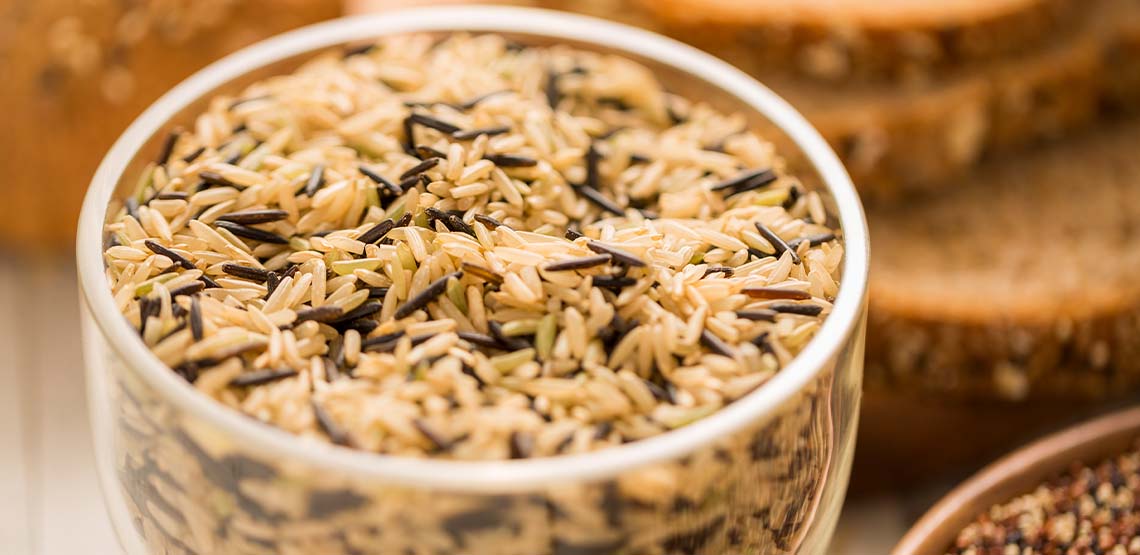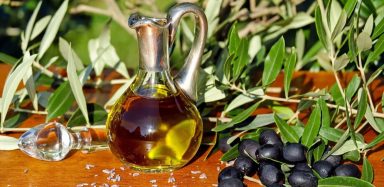High-Fiber Diet for Diverticulitis
While only about 5% of people will develop diverticulitis, this condition can cause severe abdominal pain, fever and nausea. Surprisingly, this condition is common after the age of 40. However, many people do not experience any problems and have only minor symptoms. In this article, we will dive into this condition a bit more. We will discuss a high-fiber diet for diverticulitis and how it can affect and prevent symptoms.
What is Diverticulitis?
So, what is diverticulitis exactly? Diverticulitis is when small pouches (diverticula) form along the digestive tract. Often, these bulging pouches can be found further along in the large intestine. Diverticulitis happens when these pouches become inflamed. In some instances, they may also become infected, causing further health issues and symptoms.
There are other factors that impact whether or not a person experiences diverticula and diverticulitis. Some of these include your age, activity levels, smoking, taking specific medications and your diet. When it comes to your diet, high-fat and low-fiber diets tend to lead to diverticula.
Eating more fiber can help heal diverticula and even prevent it altogether. So, let’s explore this topic a little bit further. If you have diverticulitis, what should you be eating?
Top 5 High-Fiber Foods for People With Diverticulitis
High-fiber foods help prevent constipation by softening the stool. In turn, this can alleviate pressure in the large intestine and colon, which may cause these pouches to form.
At the same time, if you are experiencing current symptoms from diverticulitis, a high-fiber diet might not be the best first option. In fact, your doctor may recommend consuming mostly liquids, until your symptoms subside. These liquid foods may include bone broth and clear juices.
Once your symptoms begin to improve, start adding in fiber-rich foods. When your symptoms subside, high-fiber foods can be incorporated as normal.
It’s also important to gradually add these foods if you have not been following a high-fiber diet previously. This can help your body slowly adjust, without causing flare-ups or other issues.
So, what high-fiber foods should you consume?
1. Whole Wheat Bread
The goal is to eat foods high in insoluble fiber (and some with soluble fiber). Insoluble fiber retains water in the bowel, helping to move food through, which can prevent pressure build-up. As a result, you are less likely to develop diverticula pouches, which lead to diverticulitis.
On top of this, whole grains also tend to be rich in B vitamins, antioxidants, protein and minerals, including iron, zinc, copper and magnesium. Thus, they do not just move your bowels along but also provide adequate nutrients to help your body function at its best.
2. Veggies and Fruits (With the Skins)
Vegetables and fruits are another nutrient-dense food, helping your body obtain the vitamins and minerals it needs to function optimally and prevent disease.
Vegetables and fruits eaten with the skin further contain high amounts of insoluble fiber.
Related Search Topics (Ads)
3. Brown Rice
Similar to whole wheat bread, brown rice is high in insoluble fiber, helping your digestive tract move everything along. Brown rice is well-known for its heart health benefits, largely attributed to its high magnesium content.
4. Oats
Oats contain soluble fiber, and while this type of fiber does not necessarily function the same as insoluble fiber, it also has various benefits for your gut and for individuals with diverticulitis.
Soluble fiber, such as that found in oats, can help maintain a good balance of bacteria within your colon and large intestine. This ensures imbalances do not happen that may lead to inflammation and other health problems, like diverticulitis.
5. Beets
Beets are another soluble fiber-containing food. Since beets are high in fiber, they can help you feel fuller for longer. This can help with weight loss or healthy weight maintenance, which helps reduce the risk factor of obesity associated with diverticulitis.
The key to eating beets (or other similar root veggies) is to cook them well, especially if you are experiencing diverticulitis flare-ups or gut inflammation.
Other Things You Should Know
As previously mentioned, if you are currently experiencing diverticulitis symptoms, it is best to follow a low-fiber diet until your symptoms improve. For prevention of flare-ups of diverticulitis altogether, follow a higher-fiber diet to help promote good digestive health.
For some individuals with high amounts of abdominal pain, your doctor may recommend you take acetaminophen to help reduce it.
Eventually, you will also be encouraged (if you are not already doing so) to establish a healthy lifestyle, such as regular exercise and consuming a healthy diet. These can keep your body in good shape, help you maintain a healthy weight and ensure optimal gut motility, reducing pressure in your intestines.
All in all, diverticulitis, once developed, will not disappear unless through surgery. However, you can reduce your chances of developing an infection or other symptoms by following a high-fiber diet and leading a healthy lifestyle.
Article Resources
- National Institute of Diabetes and Digestive and Kidney Diseases (Definition & Facts for Diverticular Disease)
- Mayo Clinic (Diverticulitis)
- UCSF Health (Diverticular Disease and Diet)
- Jackson Siegelbaum Gastroenterology (Diverticulosis Diet)
- Nourish by WebMD (Brown Rice: Health Benefits, Nutrition Facts, and How to Prepare It)

